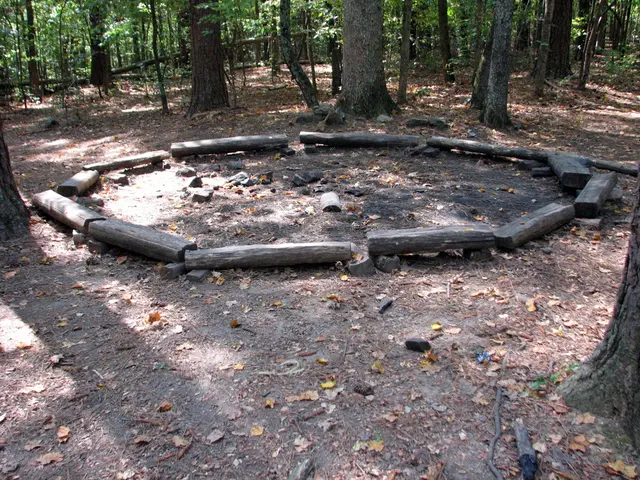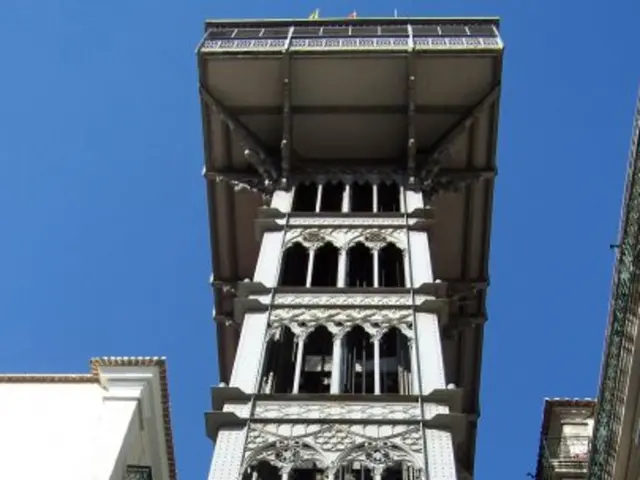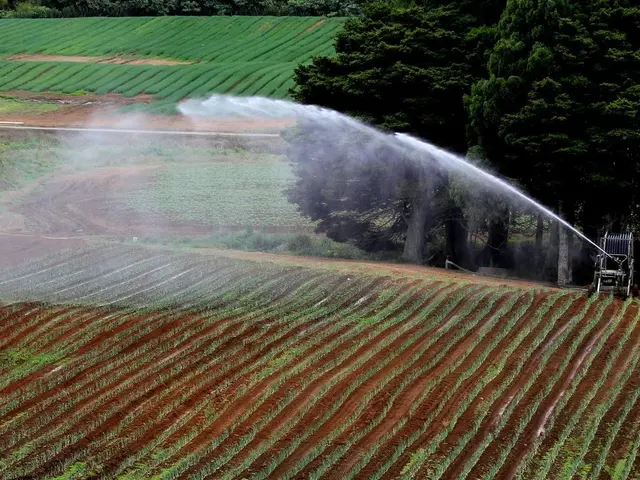Ammonia Examined as a Clean Energy Source in Japanese Furnaces for Glass Production
The University of Osaka is currently testing a two-stage combustion burner as part of an ambitious research project to address the challenges in melting glass with ammonia. This groundbreaking initiative is a collaborative effort between Nihon Yamamura Glass, Tokyo Gas, and the National Institute of Advanced Industrial Science and Technology (AIST), with the ultimate goal of reducing carbon emissions in the glass industry.
The transition metal components in the raw materials are affected by combustion, causing discoloration in the glass located directly below the combustion site. NOx generated by combustion and air bubbles are also present in the glass, depending on the position of the exhaust gas. To combat these issues, researchers have found that preheating air and oxygen to 450°C before introduction helps maintain combustion temperature, prevents unburned fuel, and reduces NOx formation.
Dr Yamamoto, manager of Nihon Yamamura Glass's Environmental Affairs Department, states that maintaining combustion of ammonia and reducing NOx generated by combustion is a significant challenge in melting glass with ammonia. However, if they establish ammonia combustion technology, they could choose between ammonia and hydrogen depending on conditions.
The high energy demand in glass furnaces, which run 24/7 year-round at 1,500-1,600°C, contributes to the CO2 intensity of the melting process. Around 65% of CO2 emissions in glass production come from fuel, and 25% come from electricity. Nitrous oxide, a byproduct of ammonia combustion, has a global warming potential of approximately 300, meaning 1kg of nitrous oxide has the same warming effect as 300kg of CO2 over a 100-year time period.
Tokyo Gas researchers have developed a selective catalytic reduction method to reduce nitrogen dioxide emissions during ammonia combustion. The company's research on ammonia combustion technology is part of its 2050 carbon neutrality goal. The research project also involves the exploration of alternative feedstocks like silica-rich rice husks, although emissions from raw materials account for around 10% of total emissions.
The partners are developing melting technology that uses carbon-free fuels like ammonia and hydrogen, aiming to replace part of the combustion in the melting furnace. The two-stage combustion burner developed by Tokyo Gas, used to control air supply and limit NOx emissions, impacts glass quality. The research aims to move from lab results to demonstrations and practical applications.
Japanese manufacturer Nihon Yamamura Glass is transitioning from city gas to ammonia for this research project aimed at decarbonizing glass production. This collaborative effort is part of a global research project that aims to reduce emissions in a sector responsible for approximately 100 million tonnes of CO2 per year. Dr Yamamoto invites opinions from others, such as the glass industry and industries working on decarbonization technologies, to contribute to this important research.
Read also:
- Emerging Investment Trends in China's Ethical Finance Sector for 2025
- Celebrated Title: Cheesemakers Blessed Upon
- Construction and renovation projects in Cham county granted €24.8 million focus on energy efficiency
- Trump challenged in court over halting billions in funding for electric vehicle charging infrastructure








